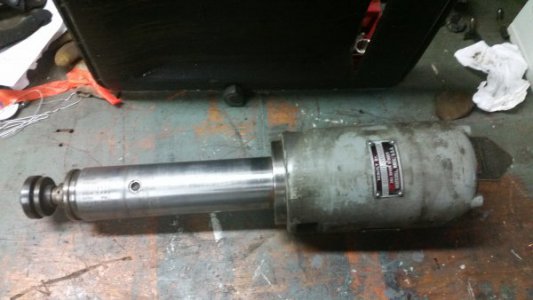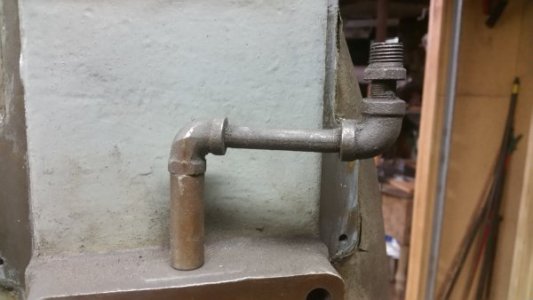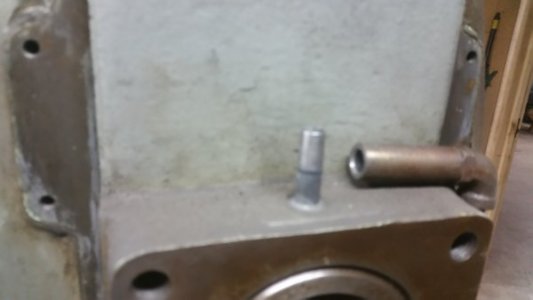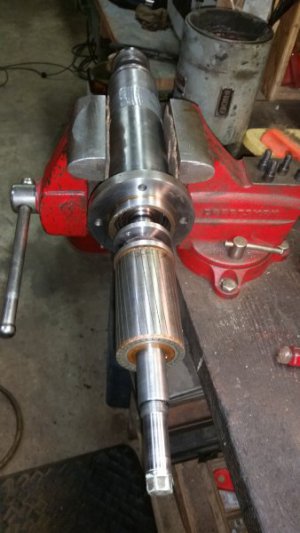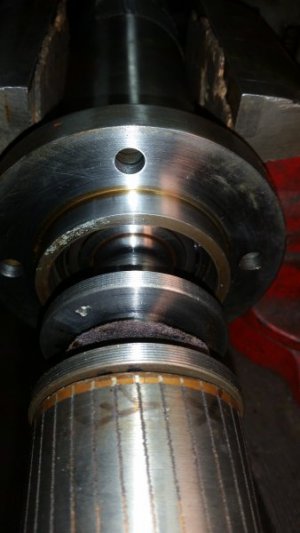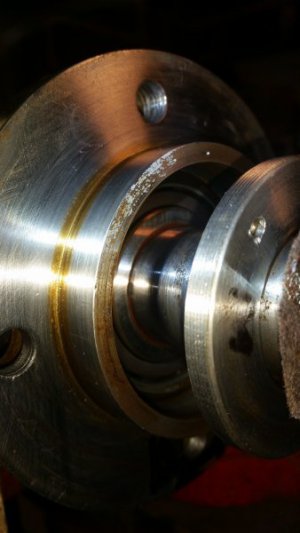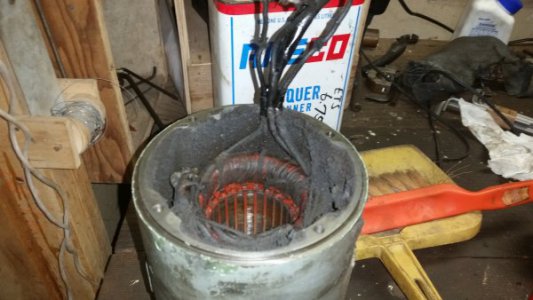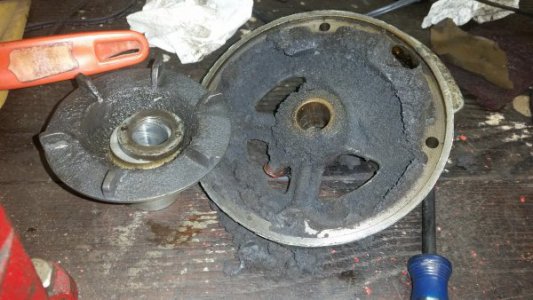- Joined
- Nov 5, 2016
- Messages
- 1,420
This is the latest addition to my hobby shop. Serial # 11732 which I'm guessing might put it around 1936 or so? Anyways, it needs a lot of TLC, but I'm hoping it will make an adequate addition to my shop for the work I will be doing with it. The ways don't look like they are in too bad of shape especially for its' age. I haven't got much to lose since I think I hardly paid much more than scrap price for it and it cost me nothing to get it home (other than gas).
The guy I got it from said he bought it to fix up and use, but never found the time to work on it so he wanted it gone and have the room in his garage shop back. He said when he got it it had a 3-phase motor in the base that was bolted down, but was not connected physically to anything (no shafts, belts, etc). I'm speculating that this machine was originally a base motor version, but then was retrofitted with the direct drive spindle motor??? Does that make sense? He sold that motor for $30 scrap so I don't have that.
The spindle feels to me while spinning by hand like it has ball or roller bearings, not plain bearings. The disappointing thing so far is that the motor is only 440 volt 3-phase (1HP). It's looking like there are no VFDs that convert 220 V single phase to 440 V 3-phase available??? It has Acme transformers on it that were wired to bump up the 3-phase 220 volt input to 440 volt for the motor so I have them, but I don't think you can use those to step up the output of a VFD because nothing should be wired between the VFD's output and the motor. So, maybe I can replace the motor with a single phase one or buy a static phase converter so I can use the transformers? I'm looking for input from those of you who have run into this situation before and would love to hear what you might have successfully done.
I'll be tearing this thing down for a complete cleaning and going over before firing it up. I'll paint it, but only with a brush.
I also got a couple of 1/2" x 7" Norton wheels and a smaller manual magnetic chuck with it.
I found a manual on-line to download for free, but it's for a 1940's version and I don't think it covers this spindle. So if anyone has any suggestions and/or information to share I'm all ears!
Ted
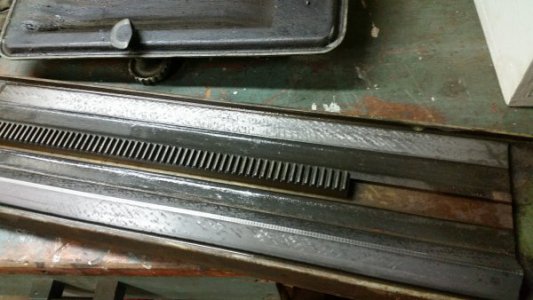
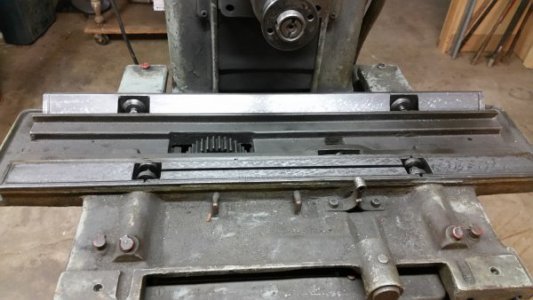
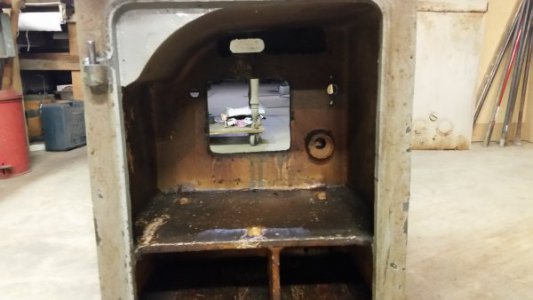
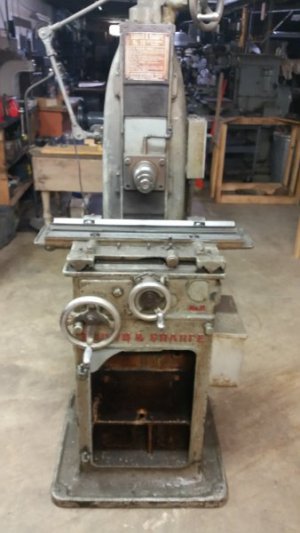
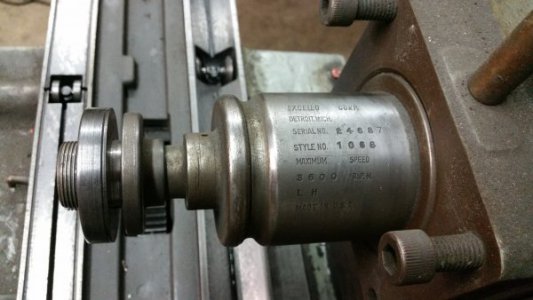
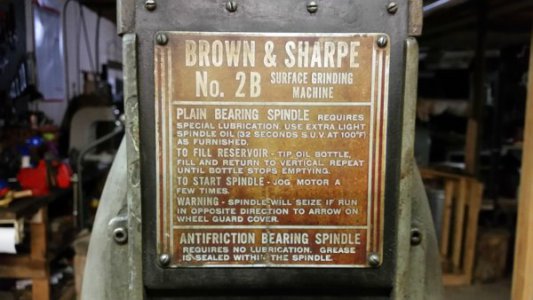
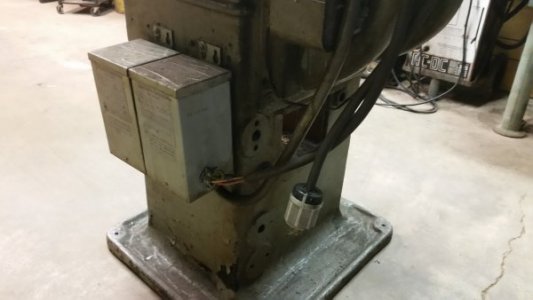
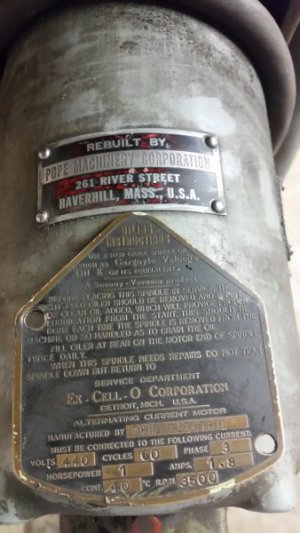
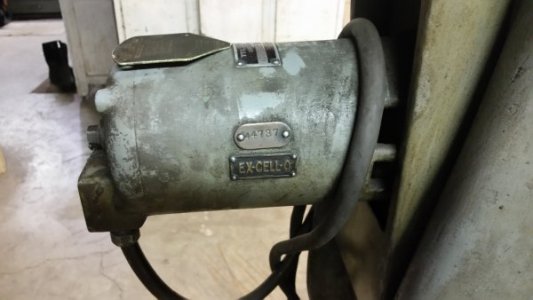
The guy I got it from said he bought it to fix up and use, but never found the time to work on it so he wanted it gone and have the room in his garage shop back. He said when he got it it had a 3-phase motor in the base that was bolted down, but was not connected physically to anything (no shafts, belts, etc). I'm speculating that this machine was originally a base motor version, but then was retrofitted with the direct drive spindle motor??? Does that make sense? He sold that motor for $30 scrap so I don't have that.
The spindle feels to me while spinning by hand like it has ball or roller bearings, not plain bearings. The disappointing thing so far is that the motor is only 440 volt 3-phase (1HP). It's looking like there are no VFDs that convert 220 V single phase to 440 V 3-phase available??? It has Acme transformers on it that were wired to bump up the 3-phase 220 volt input to 440 volt for the motor so I have them, but I don't think you can use those to step up the output of a VFD because nothing should be wired between the VFD's output and the motor. So, maybe I can replace the motor with a single phase one or buy a static phase converter so I can use the transformers? I'm looking for input from those of you who have run into this situation before and would love to hear what you might have successfully done.
I'll be tearing this thing down for a complete cleaning and going over before firing it up. I'll paint it, but only with a brush.
I also got a couple of 1/2" x 7" Norton wheels and a smaller manual magnetic chuck with it.
I found a manual on-line to download for free, but it's for a 1940's version and I don't think it covers this spindle. So if anyone has any suggestions and/or information to share I'm all ears!
Ted










